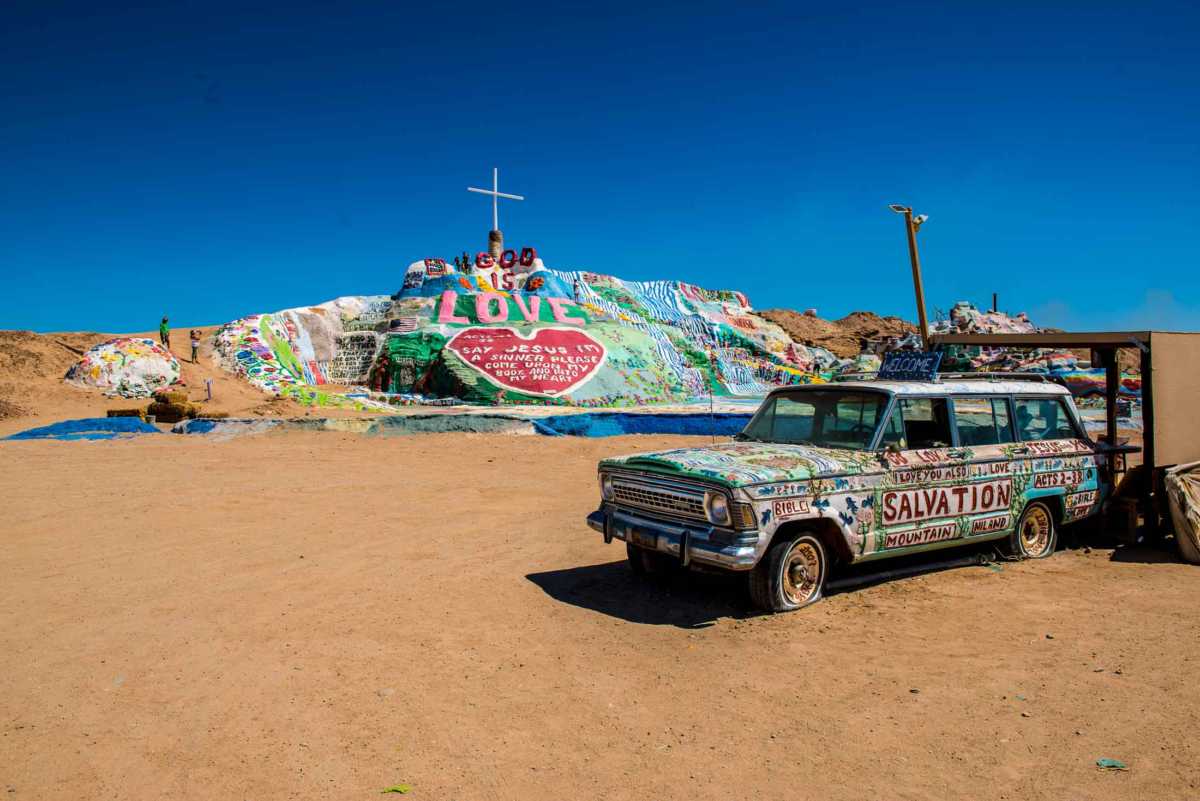
I'm of two minds when it comes to cars. Ok, maybe three.
1) It's awful hard to get around the United States without a car–at least anywhere outside of New York City. There's a lot of big, beautiful country to see in the United States, and there's only one way to do it. Since we don't have a passenger railroad that's any good, that leaves a car. Brief glimpses out an airplane window don't count.
2) The problem with driving is that, often, you're only trying to get to where you're going and you don't stop enough to see where you are. And, of course, if you're the one doing the driving, that problem is exacerbated by your impatience to get somewhere where you can stop for the view–and the fact that you pretty much should keep your eye on the road until you get there.
3) I love to drive a nice car. Fast if possible, and on an interesting road. Which means curvy and challenging, not scenic. (See above Number Two.)
I'll take these in order, particularly as it pertains to my recent driving trip around the Southern California desert.
1) A car takes you to places where you can walk
While I'd prefer that we could get where we're going on a train (like you often can in Europe, thanks again, Eurail!), there's something to be said for the relative ease of visiting remote locations in a car. Because, let's be honest, who would hike or ride a horse 40 miles into Joshua Tree to get to a trail head where you would just start a hike? It is the 21st Century and, like it or not, the National Parks have long since given up their pristine pretensions in favor of (mostly) paved road access and parking lots. The price you pay to get to the unsullied spots of the National Parks is no longer a grueling trek. It's a tank of gas.
I admit, I do love being able to drive–sometimes over very rough roads like in the Badlands or Lassen Volcanic, but on roads nevertheless–to arrive at someplace to dump the car. I like to strap on my day pack and start hiking, secure in the knowledge that I can carry enough water to get where I am going. With supplies stashed in the car, I avoid carrying two or three days' worth of rations on my back in the desert, an exercise that doesn't really appeal.
So, thank goodness for the car, and the possibility of getting to the trail heads and other myriad attractions without risking your life. The car doesn't solve all your problems, but it certainly makes them manageable.
2) You can cover a lot of ground by driving
So, you're camping at Joshua Tree National Park, but your car is only 50 feet away in the parking area, and Joshua Tree is fascinating in itself, but is also in the middle of some cultural oddities of Southern California that you should make the effort to see.
I had two long days to drive the area. I wish I'd had more because there are a lot of very strange things to see both in and outside of the park.
Inside the park, you have spectacular views like sunsets at Keys View and near the campsite, a freakish island of Cholla cactus, a Hidden Valley with its own micro climate and distinctive vegetation that used to provide a hideout for cattle rustlers, a backdrop of an incongruous snowy mountain top rising out of the hot desert. And finally, you get to sleep out under stars like these.
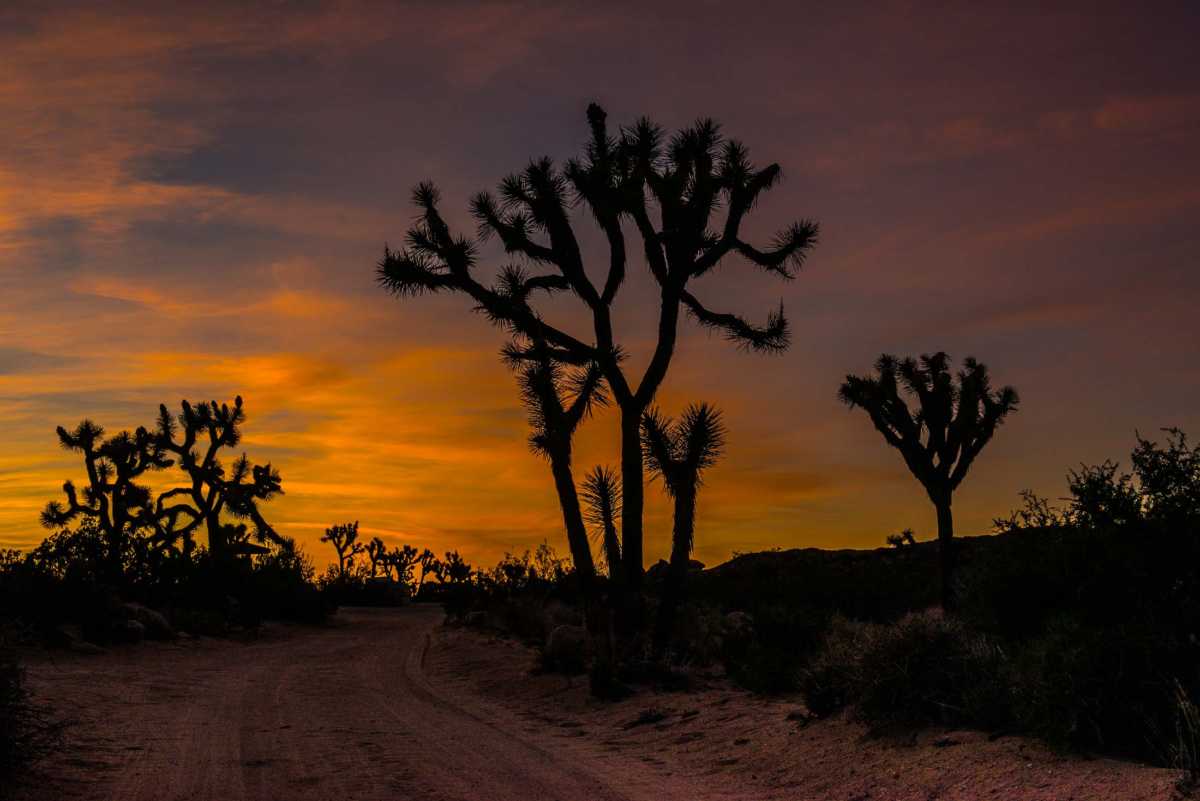
But, perhaps even more fun for a collector of the eclectic like me was spending one afternoon driving around the American icon of the West: Palm Springs. Palm Springs is famous for being where the movies stars made a short escape from Hollywood. Though the legends are interesting, even more fascinating to me is the city's museum of Mid Century Modern Architecture. An hour's drive around the neighborhood reveals dozens of architectural masterpieces built low into the desert landscape.
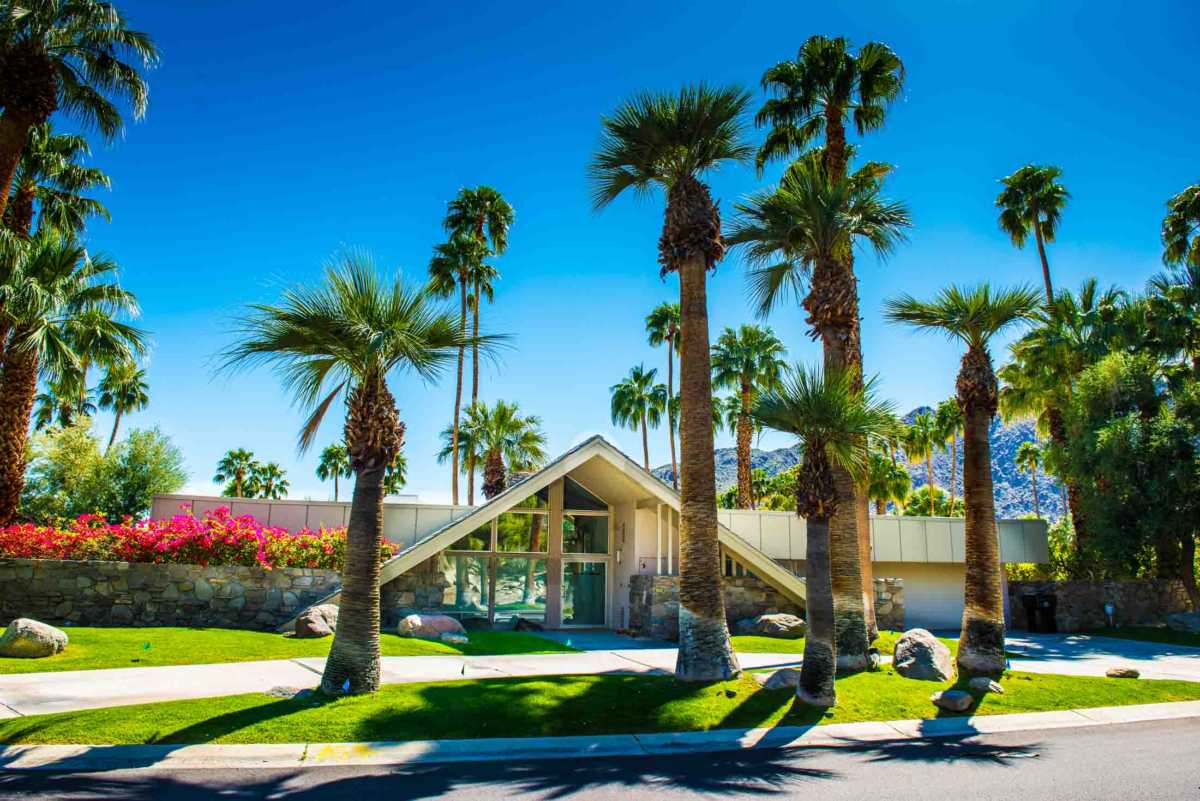
The next day, I went another direction from Joshua Tree toward the Salton Sea, where we ran across Salvation Mountain and East Jesus, two brilliantly eccentric art installations that I never would have known of or visited had I not been pointed to them on this trip, and had a car to get there. Both were among the most memorable highlights of any road trip I've ever taken.
Another particular interest of mine is World War II aircraft. I built the plastic models when I was a kid and have always been fascinated by their beauty and history. Probably the best place to see planes like this is the Palm Springs Air Museum.
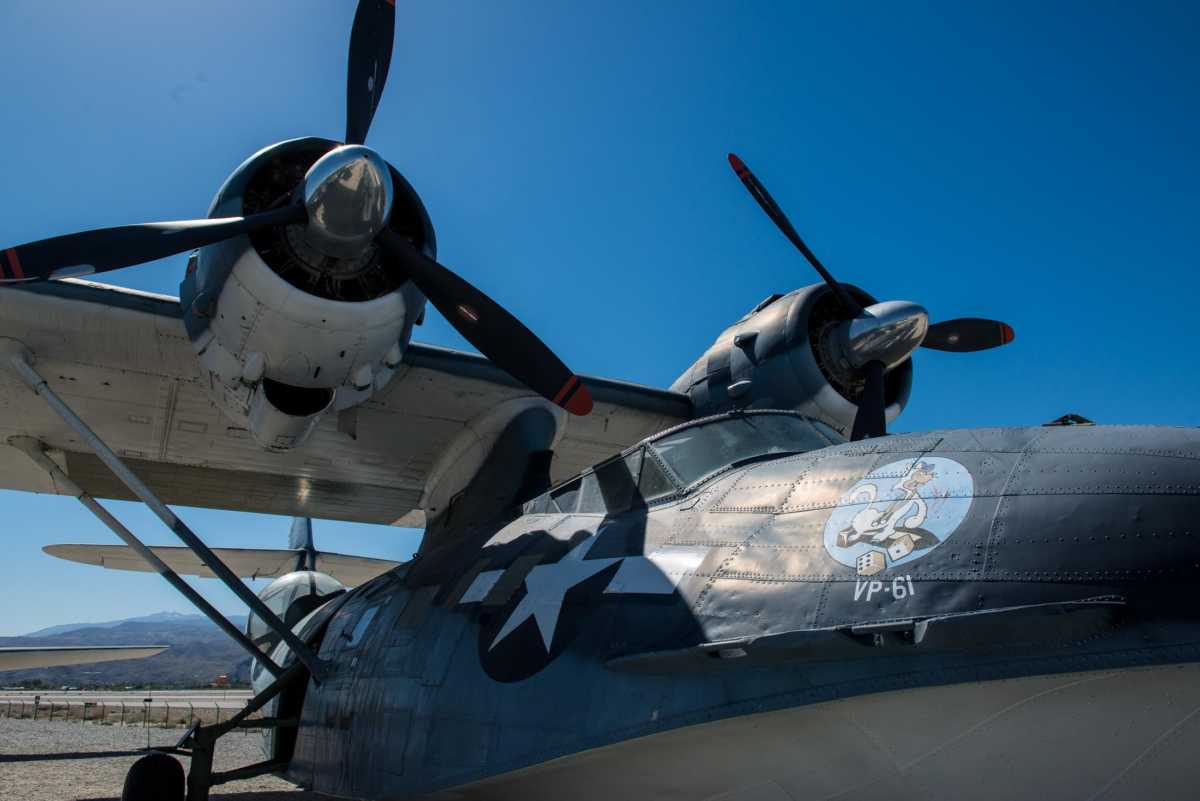
Complementing the visit to the Air Museum, was a visit to the museum commemorating the World War II General George S. Patton, who trained his armored divisions in Southern California for their eventual campaigns in North Africa and Europe. The museum itself is lacking any sort of coherent narrative about Patton or his role in the war, but the collection of bellicose artifacts, especially the yard full of tanks, is attractive to a World War II history buff like me.
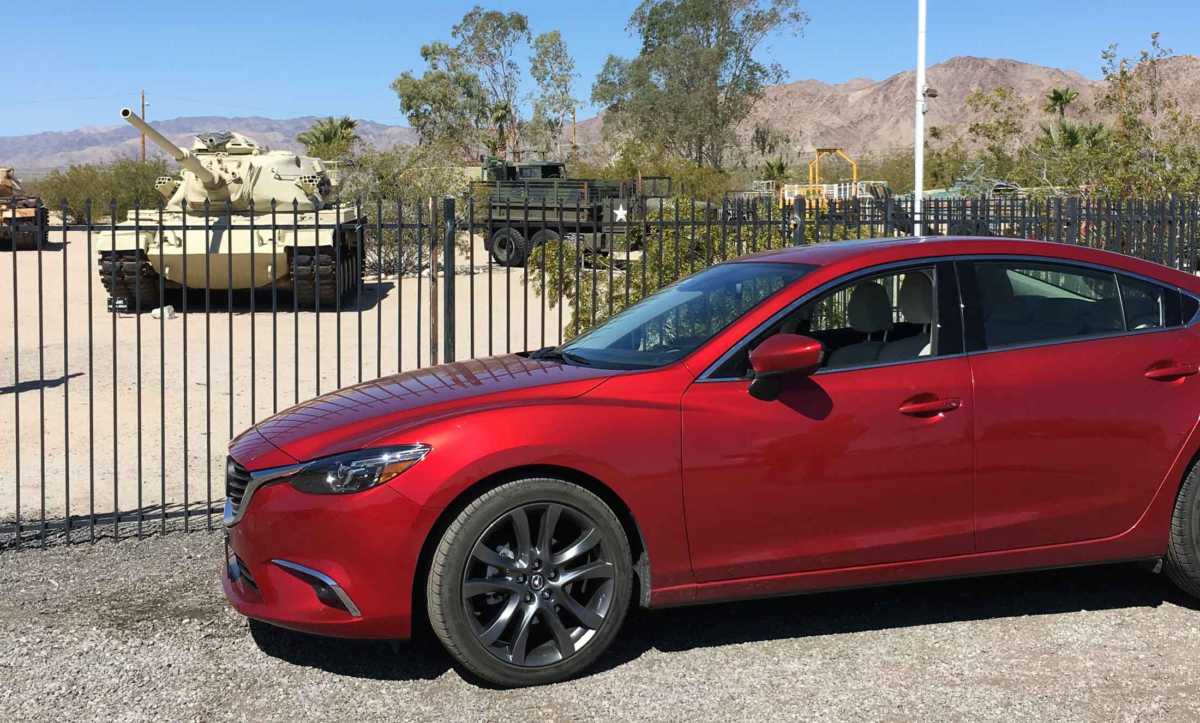
3) If you're going to drive, make it fun
I got to drive two Mazdas on this trip, and I must say, I liked them both very much. The Mazda 6, pictured with the tank above, was far more fun to drive than the average family sedan. Mazda has departed from the obsession with a mushy highway ride that most sedans suffer from in favor of a more decisively sticky “I love to feel the road” approach. The steering is tight and responsive, and the acceleration you get out of the 4 cylinder SKYACTIV (whatever that means) engine and 6-speed transmission is way above anything you'll get from its competition.
But, I really loved my two days in the Mazda crossover CX-5. Now that's a driving experience that makes a mockery of what the others are offering in the mid-sized family vehicle. I'm partial to this sort of car anyway, because, as I've got a bit older, I've tended more toward a utilitarian theory of transportation–and away from the pure speed-and-turn infatuation of the German cars of my youth. What I love about this car is its combination of poise and assertiveness on the road. The CX-5 handles beautifully. It never feels like you're going to roll over on a sharp turn. The receptive steering is far better than you have a right to respect in an SUV, and the acceleration is impressive and smooth. And, it can carry all my camping and road trip junk to boot.
Next time I'm in the market, this car is going to be very high on this old man's shopping list.
Update: I leased a Mazda CX5 in 2018.
Disclaimer: Mazda supplied cars and driving expenses for this trip, but otherwise didn't compensate me for my time or opinion. It's my honest opinion that these are fine automobiles.
Up Your Travel Skills
Looking to book your next trip? Use these resources that are tried and tested by us. First, to get our best travel tips, sign up for our email newsletter. Then, be sure to start your reading with our Resources Page where we highlight all the great travel companies and products that we trust. Travel Accessories: Check out our list of all the accessories we carry to make getting there and being there a lot easier. Credit Cards: See our detailed post on how to choose the right travel rewards credit card for you. Flights: Start finding the very best flight deals by subscribing to Thrifty Traveler. Book your Hotel: Find the best prices on hotels with Booking.com. See all of the gear and books we like in one place on our Amazon shop.Got a comment on this post? Join the conversation on Facebook, Instagram, or Threads and share your thoughts!

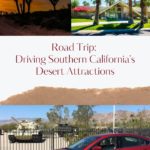

Comments are closed.